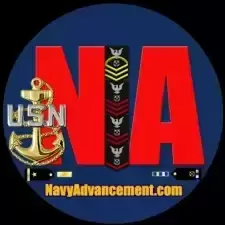FISCAL YEAR (FY) 22 GENERAL MILITARY TRAINING GUIDANCE FOR THE NAVY RESERVE
-
👉 Latest News
-
Cycle 268 Advancement Timeline - Active & Reserve
By Tony, in Navy Advancement Results, Exam, Bibs Forum
- 0 replies
- 465 views
-
Navy College Program Newsletter | Scholarship Opportunities
By Tony, in Navy College Education & Training Forum
- 0 replies
- 480 views
-
CY 2025 NAVY RESERVE FORCE MERITORIOUS ADVANCEMENT PROGRAM FOR SELECTED RESERVE SAILORS
By Tony, in Navy Advancement Results, Exam, Bibs Forum
- 0 replies
- 671 views
-
- 0 replies
- 778 views
-
CALL FOR FISCAL YEAR 2027 COMMAND SENIOR ENLISTED LEADER SELECTION BOARD MEMBERSHIP AND APPLICATIONS
By Tony, in Chief Selection Board Forum | Results, Preparation, Records
- 0 replies
- 938 views
-

Recommended Posts
Join the conversation
You can post now and register later. If you have an account, sign in now to post with your account.
Note: Your post will require moderator approval before it will be visible.